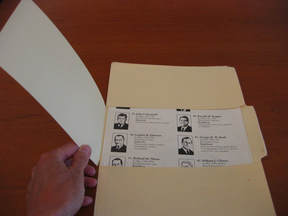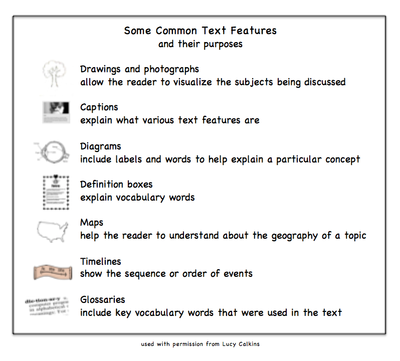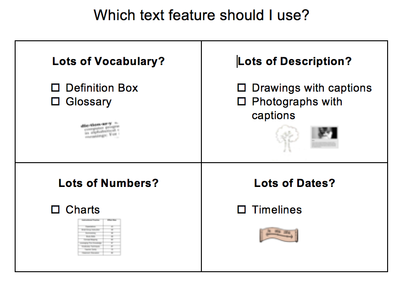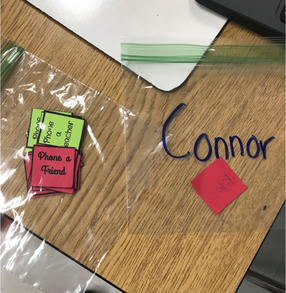
Today at a workshop I had a teacher get very excited about a simple idea I've used for years. While it is an older idea, it works so well I decided to mention it again on my blog. I call it "Work Masks."
All you need to do is cut the front covers of file folders into thirds. Students slide their worksheet, test or paper into the file folder and uncover only one third at a time. This decreases the visual processing load, as well as the motivational load - ("I can't do all this!") - so that students persevere with the work. I usually roll it out by having all students use it the first day, and then allowing students to choose to use it on following days.




 RSS Feed
RSS Feed